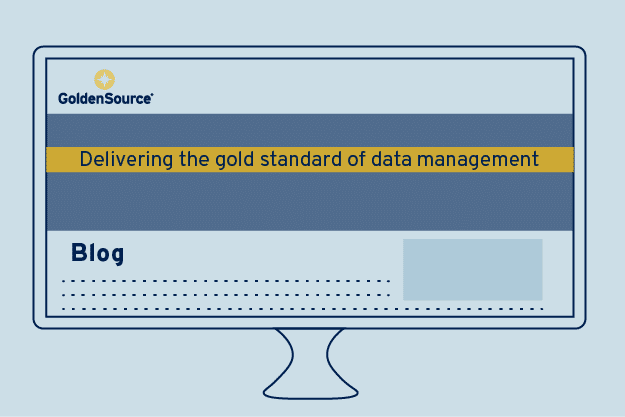Five years on from FATCA’s inception, in order to realize new revenue streams from customer data, financial institutions can no longer afford to view regulations in isolation.
The fifth anniversary of FATCA
It seems hard to fathom now, but when it first came into force FATCA was something of a “known unknown”. If successful, banks could bet their bottom dollar other countries would follow with a similar law to crackdown on tax avoidance. However in the beginning many were left scratching their heads, wondering how many clients domiciled outside the U.S. had reporting obligations.
Fast forward to today, and the challenge isn’t one of how to classify clients or manage the deluge of reporting, it’s about making better use of the information available.
As a result of the initial FATCA on-boarding process, institutions now have more knowledge about their customers. This raises the question, how do the relevant parts of an organisation access the most useful insights in order to drive top-line revenue?
The barrier to overcome is one of mindset.
Many institutions looked at FATCA as the latest compliance box to tick. No different from how they viewed MiFID or Dodd-Frank. But by addressing these requirements individually, a firm can never truly get an in-depth understanding of their clients. They simply won’t be able to spot any relationships between the data sets. By contrast, a longer term strategy would look at these and future regulations together – analysing the various data assets before starting to mine the information for real insights into customer behavior.
The first step to this is having a centralised group within the business that is focused on regulation. Once the right people are in place, an institution then needs to sift through the information between systems and marry the right data with the regulation in question. This can be achieved by adopting a platform which marks the instruments and issuers which fall under FATCA, allowing the right information to flow into different business units. Indeed many working within these divisions will welcome any detail on customers that can help them steal a march on rival banks.
So as FATCA blows out the candles on its fifth year, it is clear institutions can ill afford to sit and ponder what to do next. And as FATCA’s global equivalent GATCA looms, firms face the daunting prospect of collating and reporting on even more detail regarding their clients. With this in mind, it is surely high time for the market to view regulation not as a need to do, but as a long term opportunity to get to know their customers better and, ultimately, create new financial products from the data that helps to boost revenues.
Contact us to learn more

